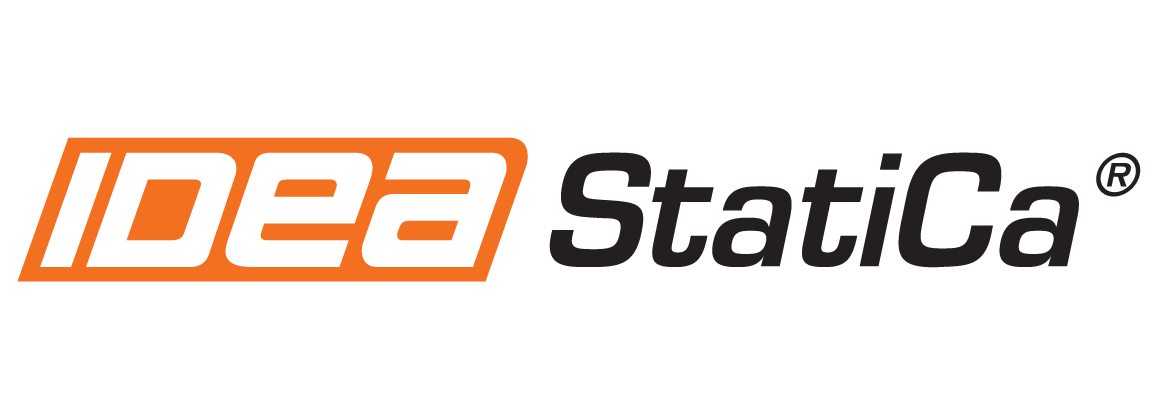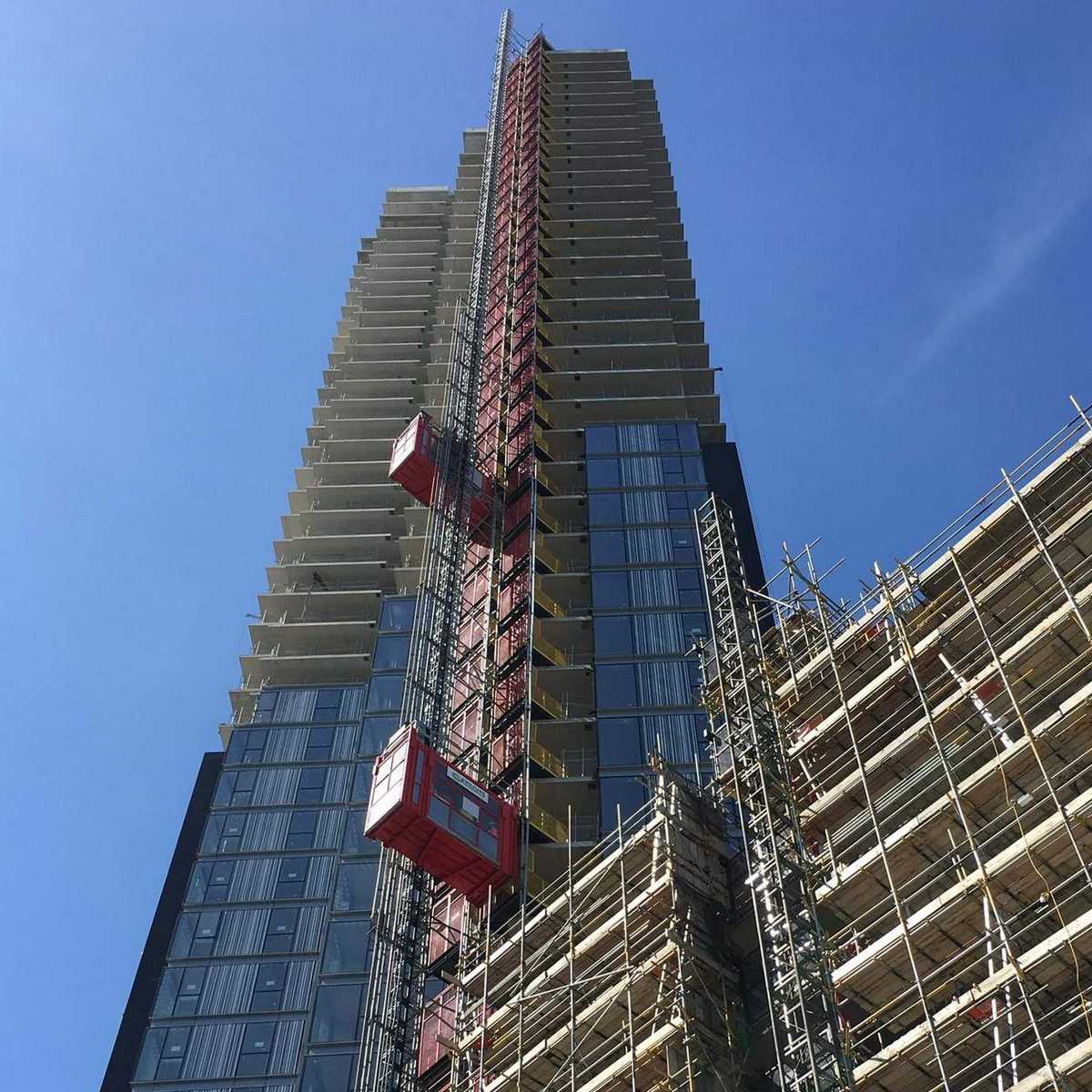250 City Road – Kingscote Design


Project overview
During the execution of the 250 City Road project, which is part of the regeneration of 250 City Road by the Foster + Partners architectural firm, a doubly challenging situation emerged for the 36 storey tower and therefore, a challenge for Kingscote Design to take on.
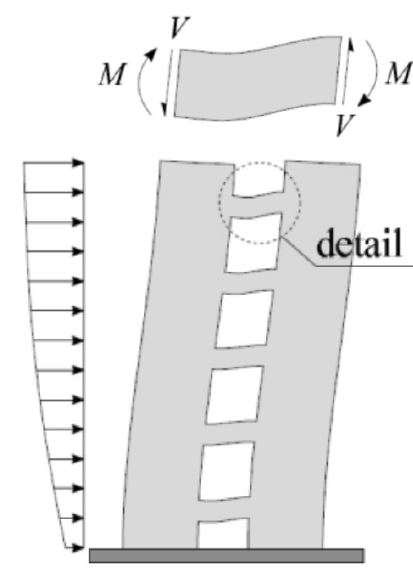
For this particular project, the round openings were small up to 130mm diameter but closely spaced, rendering these beams a long discontinuity region. This would normally be an engineer’s design nightmare. However, with the use of IDEA StatiCa Detail, these beams were modelled accurately from both the perspective of geometry and reinforcement.
The model presented below, is so accurate geometrically that it contains both the original openings and the additional ones drilled on top during construction:
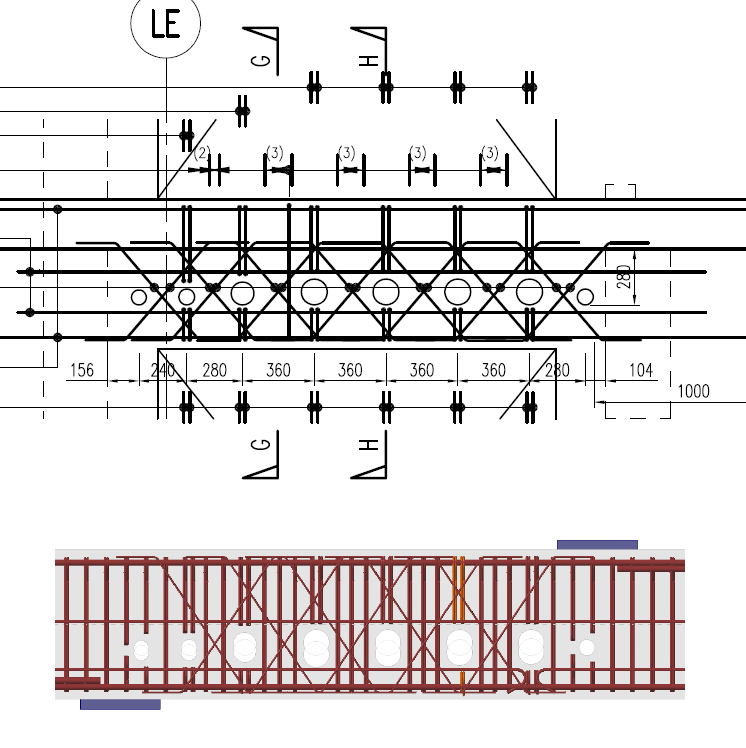
At this point, we must highlight the optimal usage of the software from Kingscote Design’s principal engineer, Andreas Makos, who managed to isolate the coupling beam model without the need to partially model the walls.
Since these beams are loaded indirectly by the neighboring walls, these walls should normally be part of the model. However, this would potentially slow down calculation and response time.
Andreas dealt with this situation using an equivalent continuous beam model that recreated the actual boundary conditions without the need to include the walls. His approach did not sacrifice accuracy and, on top of that, allowed faster responses to meet the contract deadlines.
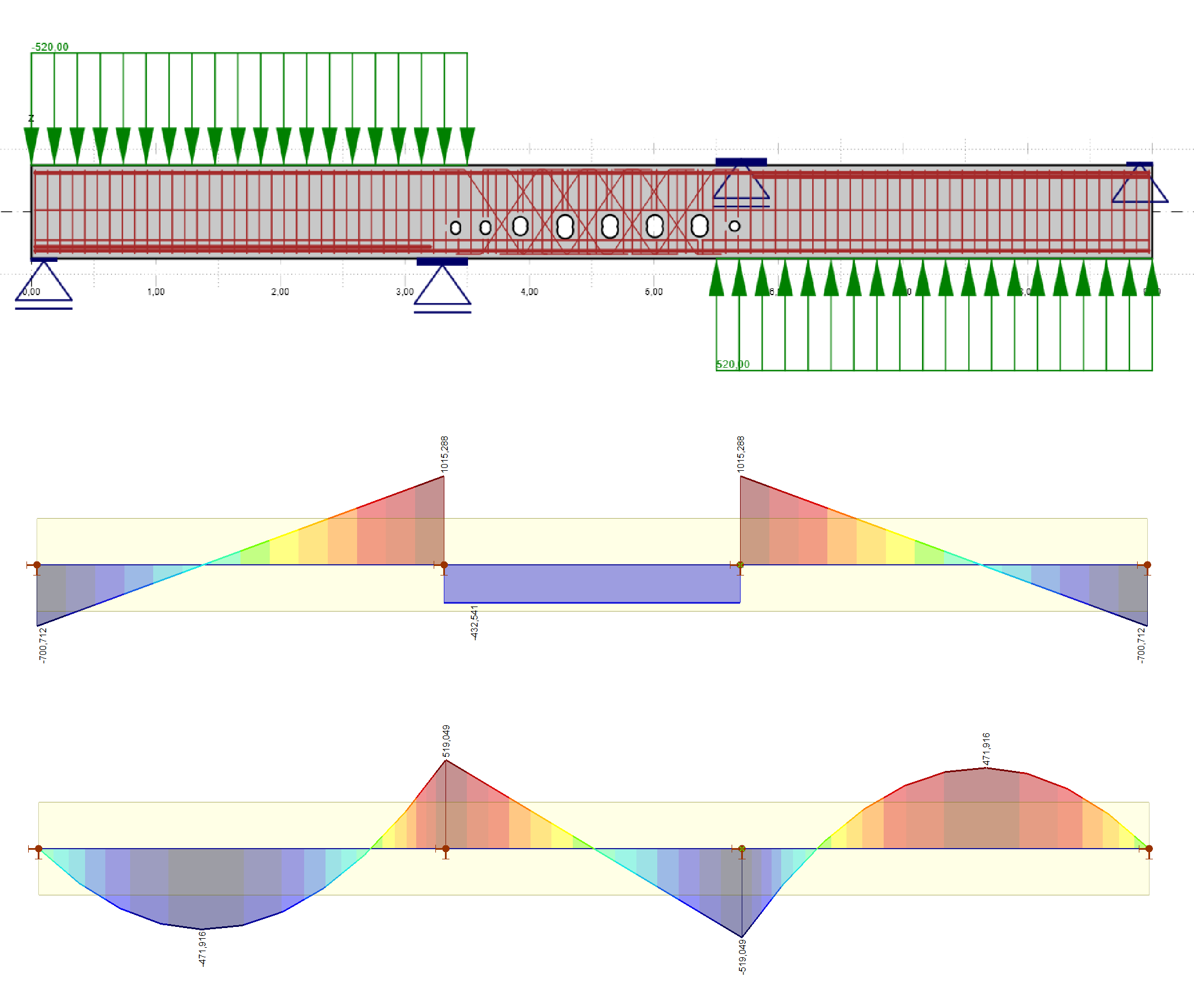
Finally the design proved to successfully pass the required checks, which are graphically displayed below, denoting the locations of maximum utilization for the ultimate limit states.
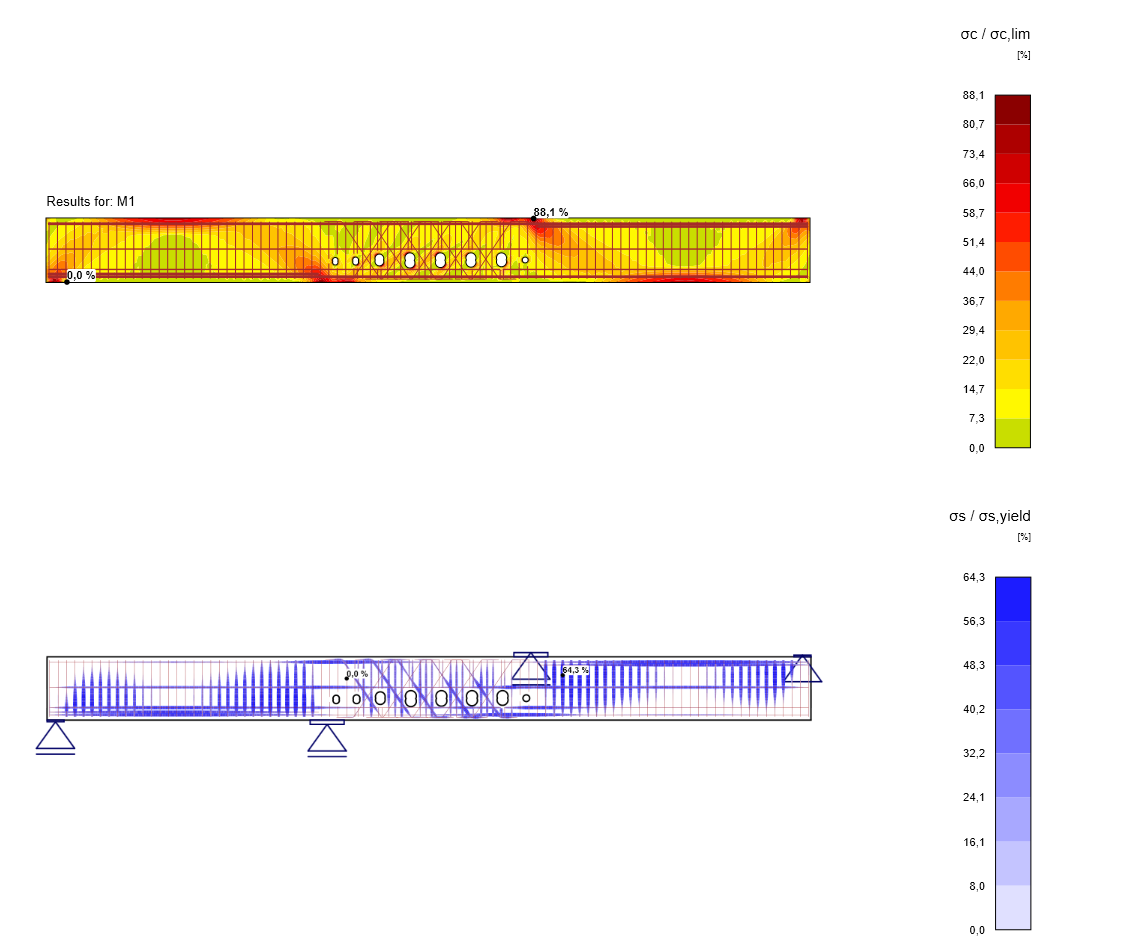
Besides the strength checks that are essential, the software can use topology optimization to reveal the compression struts and tension ties. In configurations that are not examined in the literature, this can be a very tedious task.

One of the biggest advantages of the CSFM methodology is that, unlike the current strut & tie approach, it can be applied on the structure to assess serviceability limit states (stress limitation and crack checks).

